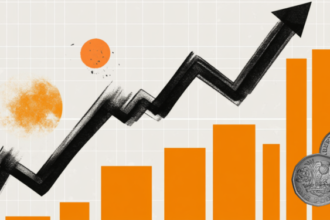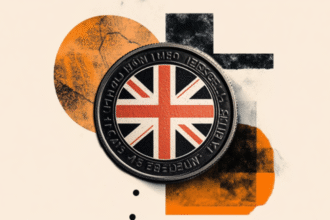What’s going on here?
The British pound slipped as investors speculated on Bank of England interest rate cuts and reacted to economic shifts in the US.
What does this mean?
The pound fell 0.12% to $1.2891, down from a one-year high of $1.3044 hit last week. It also dropped 0.26% against the euro, landing at 84.22 pence. Investors are now anticipating two Bank of England interest rate cuts by December, with next week’s decision still uncertain. The US economic outlook shift, spurred by data and comments from former Federal Reserve officials advocating cuts, has cast a shadow on other developed economies, including the UK. The sizable influence of the US economy and the dollar prompted changes in global interest rate expectations.
Why should I care?
For markets: Sterling steadies as others stumble.
The pound has avoided the severe volatility hitting global stocks after a tech-led sell-off in the US. The Japanese yen, on the other hand, rallied as traders braced for potential interest rate shifts. Meanwhile, the dollar index, which measures the greenback against six major peers, dropped 0.25% to 104.12. Despite pressures, the head of FX strategy at Rabobank believes sterling might continue its climb, especially against the euro, even if short-term turbulence is expected.
The bigger picture: Ripples from the US.
The expectation of US rate cuts has a ripple effect on global markets, influencing interest rate predictions in the UK and other developed economies. Investors globally are adjusting their strategies based on these shifts, highlighting the interconnected nature of modern financial systems.





















